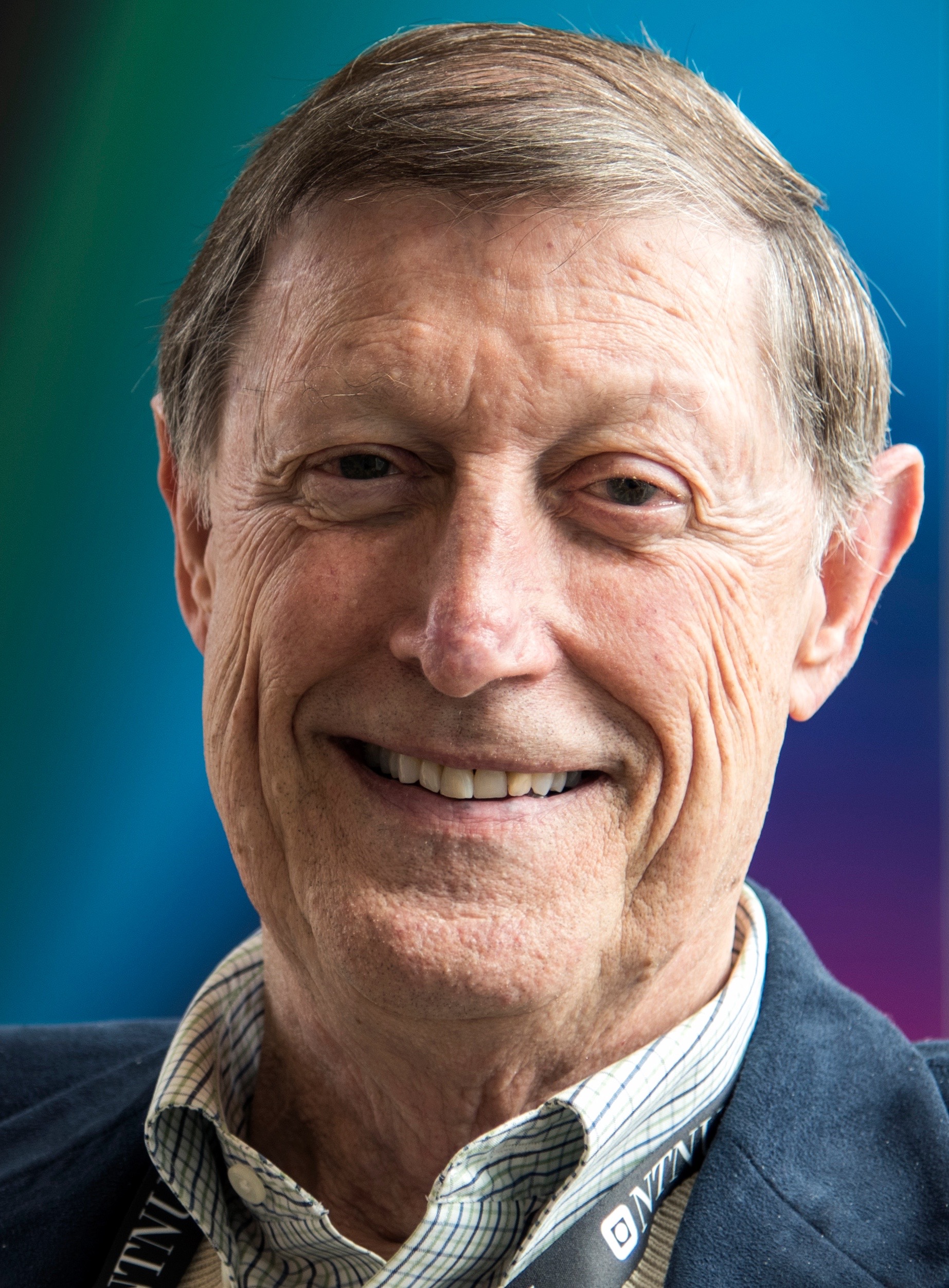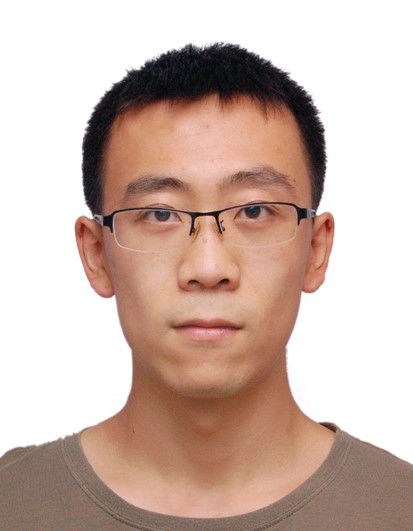Visiting Scholars
Visiting Scholars
| Visitor | Period of stay | Office | Email address | Research interests | |
|---|---|---|---|---|---|
John Carpenter |
1 April 2025 to 3 April 2025 | Dr. John Carpenter joined the ALMA Project in September 2015 as the ALMA Observatory Scientist. John received his PhD from the University of Massachusetts-Amherst, and was a James Clerk Maxwell Fellow at the University of Hawaii and an Postdoctoral Scholar at the California Institute of Technology (Caltech). While at Caltech, John conducted research using the Owens Valley Radio Observatory (OVR... |
 |
Past Visiting Scholars
| Visitor | Period of stay | Research interests | |
|---|---|---|---|
|
Lile Wang Flatiron Institute |
4 Dec 2019 to 5 Dec 2019 | protoplanetary disks/simuations |
 |
|
Sandra Faber University Professor of Astronomy and Astrophysics Astronomer, UC Observatories/ Lick Observatory |
8 Nov 2019 to 16 Nov 2019 | Formation and evolution of galaxies |
 |
|
Ken Nagamine Osaka University |
7 Nov 2019 to 12 Nov 2019 | structure formation & cosmology, high energy astrophysics, jets, accretion disks, black holes, cosmic rays, galaxy clusters, general relativity, gravitational wave, galaxy formation, star formation, proto-planetary disks |
 |
|
Katsuaki Asano Institute for Cosmic Ray Research, the University of Tokyo |
3 Nov 2019 to 9 Nov 2019 | Supernovae, producing shock waves propagating in the interstellar medium. Highly magnetized rotating neutron stars, releasing their rotation energy as relativistic electron–positron outflows. Super massive black holes in the center of galaxies, launching relativistic jets. Gamma-ray bursts, very energetic explosions at the deaths of massive stars. Binary neutron stars, emitting gravitational waves, destined to eventually merge. Relativistic particles, accelerated in such sites. Cosmic rays, electromagnetic radiation, and neutrinos, travelling in space. |
 |
|
Nobunari Kashikawa Tokyo University |
21 Oct 2019 to 25 Oct 2019 | distant galaxy, the first galaxy, early black hole, protocluster, galaxy formation, galaxy evolution, structure formation, early universe, reionization, large-scale sructure |
.jpg) |
|
Robert Williams University of California-Santa Cruz |
17 Oct 2019 | novae and other transients |
 |
|
Qizhou Zhang Harvard-smithsonian center for astrophysics (cfa) |
13 Oct 2019 to 17 Oct 2019 | Very early stage of cluster formation Magnetic fields and dust polarization Dynamical collapse of molecular cloud cores Disks around young stars HII regions Masers Molecular outflows |
 |
|
Pau Amaro-Seoane Max-Planck Institute for Gravitational Physics |
13 Oct 2019 to 25 Oct 2019 | stellar dynamics, LIGO/Virgo/LISA black holes, data analysis and gravitational-wave search algorithms, planetesimal dynamics, scalar fields and collisional dark matter, and GPU computing |
 |
|
Jarrod Hurley Swinburne University of Technology |
7 Oct 2019 to 18 Oct 2019 | Globular Clusters; GPU and advanced HPC algorithms; Dynamical systems; Advanced Statistics and Big Data; Galaxy Formation; Scientific Computing and Visualisation; Star and Planet Formation |
 |
|
Jinyi Shangguan Max-Planck Institute |
25 Sep 2019 to 7 Oct 2019 | infrared interferometric observations of AGNs |
 |
